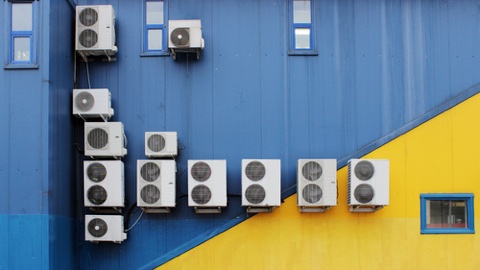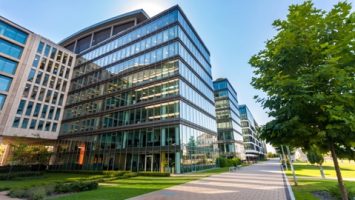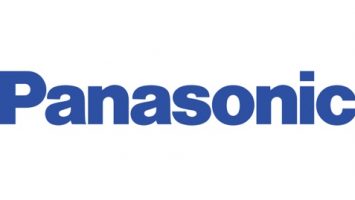
Buildings use more than 40% of electricity in the US. Be Power Tech aims to change that and decrease the load on the grid with an air conditioner that produces electricity. With the BeCool system, residential and commercial building owners can generate revenue and put power back on the grid by installing this system, instead of a conventional model.
“Owners can regulate demand of the grid and increase the comfort of their buildings,” company Founder and Chief Technology Officer Daniel Betts said. “It’s a digital power plant.”
If you use heat to drive the air conditioning process, you eliminate asset load and everything becomes less expensive. The grid is designed for peak – the maximum power consumption during the day – and that often occurs when the temperature goes up and everyone turns on air conditioners. A power-producing air conditioner solves the problem of the utility and the user, and it enables more renewable energy generation.
Once you create electricity at a lower cost than the grid, it’s now a revenue stream, not an expense. Building owners can save or even make money; and utilities save money by reducing the number of times they turn on peaking power plants.
“People buy air conditioners all of the time, and this system is a direct replacement. It gives a clear view of the market size and dynamics for the product,” Betts said. “However, our system provides the benefit of power generation, so it’s actually a profit generator.”
Electricity supply has become more variable with weather; and electricity demand is also, because it’s based on electricity usage. Chaotic weather-dependent supply and demand are hard to mediate. Without the peak demand variable, weather dependency and cost are reduced. Once that happens, the renewable energy portfolio has legs.
After its founding in 2014, Be Power Tech won the innovation award from TechConnect two years in a row and is in prototype stage. Having demonstrated performance at National Renewable Energy Laboratory (NREL) and Oak Ridge Laboratory, they will evaluate the technology and make sure it can do what the models predict, in order to achieve savings and impact goals for the market.
Beginning in 2017, the company will do field trials in California, placing one unit in a lab with Pacific Gas and Electric (PG&E), and two on actual building roofs in the Southern California Edison region. They predict commercial launch two years after moving through certification and evaluation.
“There’s a convergence that will occur with product release and you learn more about the product, how people use it, and what may go wrong,” Betts said. “The way through it is to focus on the market and on partners that will walk through that process with you.”
Learn more about Be Power Tech on their website: http://www.bepowertech.com/.


